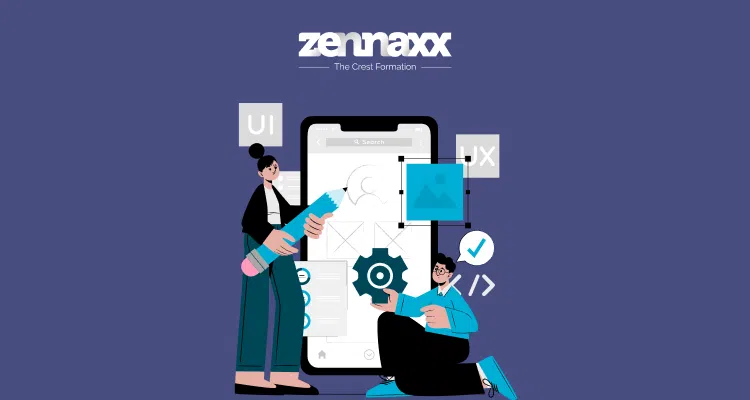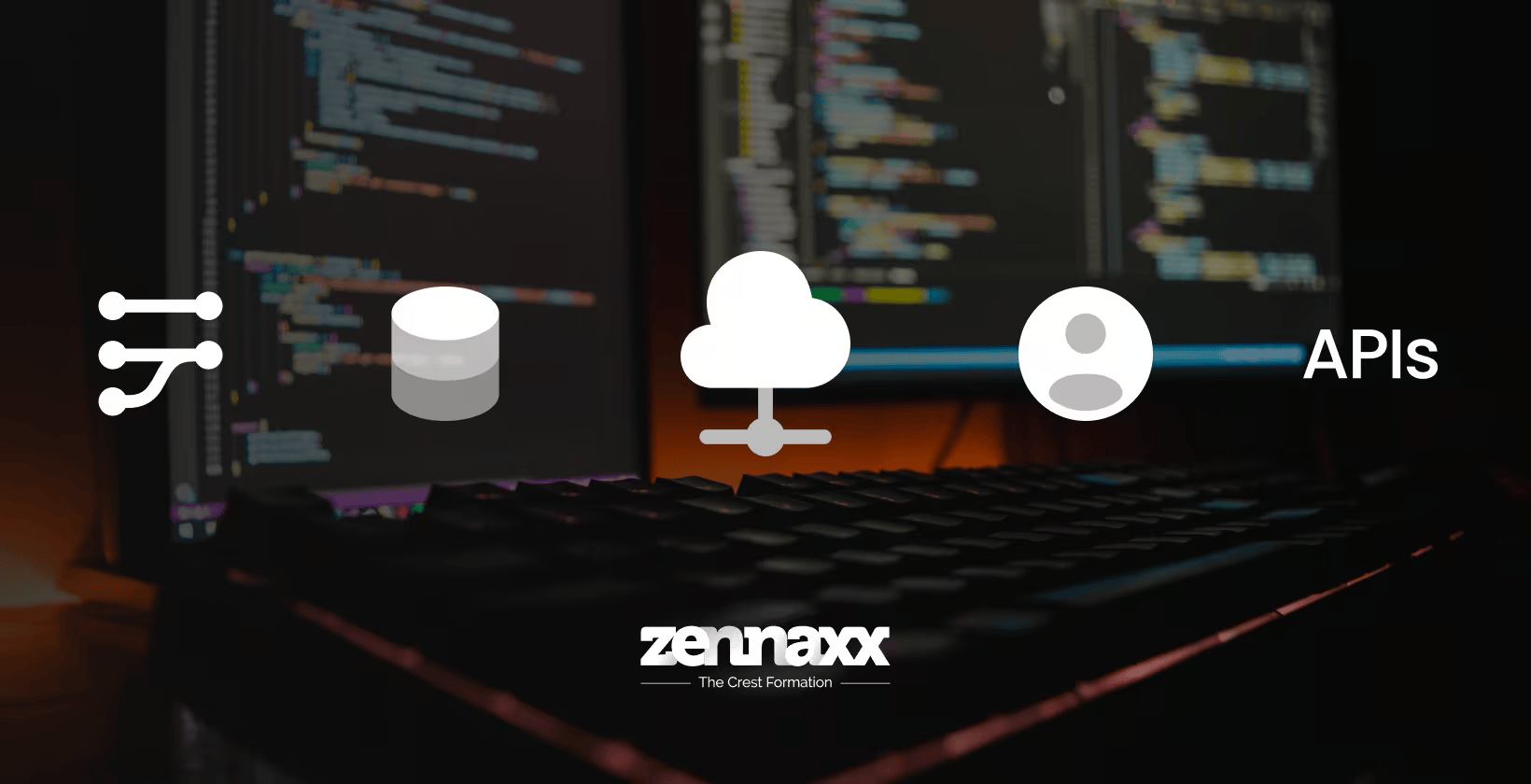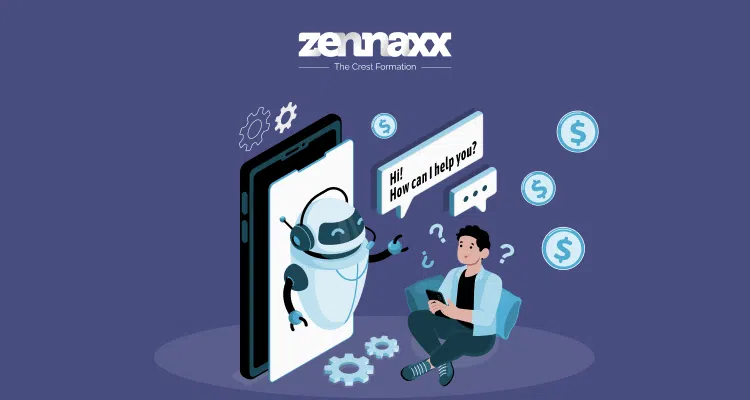As technology advances, businesses must adapt by modernizing their applications to meet current needs and the latest standards, ensuring competitiveness and relevance.
Application modernization allows businesses to update their legacy systems and leverage new technological innovations to drive growth.
The process involves transforming outdated software into modern, scalable applications.
In this blog post, you will learn:
- The key benefits of application modernization.
- Types of application modernization methods.
- Strategies to overcome common challenges during the modernization process.
Let’s explore how application modernization can transform your business.

What is Application Modernization?
Application modernization involves updating and transforming legacy applications to improve performance, scalability, and functionality.
This process includes refactoring, replatforming, or replacing outdated applications to meet your current business needs.
The main goals of modernizing applications are to enhance performance, reduce maintenance costs, enhance security, and integrate new features.
By modernizing, you ensure that your software can handle modern demands, such as higher user loads and advanced functionalities.
It also means your applications can work seamlessly with other modern systems, providing a better experience for both users and developers.
Why Modernize Your Legacy Applications?
Legacy applications are old software systems that still perform critical functions but are often outdated.
These systems can be slow, expensive to maintain, and difficult to integrate with new technologies. Legacy apps typically suffer from drawbacks, such as:
- High Maintenance Costs: Maintaining and supporting outdated systems can be expensive and resource-intensive.
- Lack of Scalability: Legacy systems often struggle to scale efficiently with growing business needs.
- Security Vulnerabilities: Older applications may not meet current security standards, leaving your business exposed to risks.
- Compatibility Issues: Integrating legacy systems with newer technologies and platforms can be challenging and costly.
Modernizing your legacy applications helps you address these challenges and stay current, competitive, and capable of meeting your business goals.
1. The Legacy Conundrum
The legacy conundrum is the dilemma businesses face when deciding whether to maintain costly outdated systems or invest in modernization.
The legacy conundrum creates a pressing need for modernization. If you don’t update, you risk falling behind competitors who use faster, more efficient systems.
Types of Application Modernization Services
There are several ways to modernize your applications. And each approach has pros and cons that are suited to diverse business needs and goals.
Let’s take a look at these app modernization services:
1. Rehosting
Rehosting, or “lift and shift,” involves moving applications from an on-premise environment to the cloud with minimal changes.
This method is quick and cost-effective, making it a popular modernization approach. On the flip side, it may not leverage the full benefits of modernization.
2. Replatforming
Replatforming involves moving your application to a new runtime platform, such as a different operating system or cloud environment.
This approach requires making some changes to your application but it offers better performance and scalability.
3. Refactoring
Refactoring means changing your application’s code to improve its structure without altering its functionality. This method is useful for making your application easier to manage and update.
Though refactoring can improve maintainability and scalability, it requires a deep understanding of your application’s architecture.
4. Rebuilding
Rebuilding involves completely redesigning the application from scratch using modern technologies.
This approach ensures your application is fully optimized for current and future needs. While rebuilding offers maximum benefits, it is also the most resource-intensive method of modernization.
5. Replacing
Replacing an application means retiring your legacy system and implementing a new off-the-shelf or custom solution.
This option is best when the existing application no longer meets your business requirements and cannot be effectively modernized.
Although replacing a legacy app can be cost-efficient in the long run, it may require major adjustments to your business processes.
Types of Application Modernization Tools
Now let’s explore some application modernization tools that are useful for updating legacy systems.
These tools streamline the modernization process and enhance app performance and scalability:
1. Containers and Kubernetes
Containers are lightweight, portable environments that run applications consistently across different computing environments.
Kubernetes is an open-source platform that manages containerized applications in order to make it easier to deploy, scale, and manage them.
Together, they provide a robust solution for modernizing applications.
2. Cloud Native Computing
Cloud native computing involves building and running applications that exploit the advantages of cloud computing.
This approach offers benefits such as automatic scaling, high availability, and rapid deployment.
Because cloud native applications can be easily deployed, managed, and updated, it allows your business to respond quickly to changing demands and opportunities.
3. Monolith to Microservices
Transitioning from monolithic applications to microservices involves breaking down a large application into smaller, independent services.
This shift allows for more flexible and faster development, easier scalability, and better fault isolation.
Utilizing microservices enables faster updates and reduces the risk of system-wide failures.
Planning to develop EHR software?
Contact us today and let our team of experienced professionals transform your vision into an innovative and user-friendly app that stands out in the market!
Benefits of Application Modernization for Your Business
Modernizing your application offers many benefits that can drive business growth and enhance operational efficiency.
Let’s explore some of the benefits of application modernization:
1. Improved Performance and Scalability
Modern applications are designed to handle higher workloads and scale easily.
This means your system can manage increasing user demands and data volumes without slowing down, ensuring reliable performance and customer satisfaction as your business grows.
2. Cost Efficiency
By reducing maintenance costs and leveraging cloud services, modernization leads to significant cost savings.
It minimizes the need for expensive hardware upgrades and optimizes your budget by allowing you to pay only for the resources you use.
3. Enhanced Security and Compliance
Newer technologies offer advanced security features that protect against modern threats.
Additionally, they simplify compliance with industry regulations, reducing the risk of fines and enhancing your reputation for data protection and privacy.
4. Increased Agility and Innovation
Modern applications enable faster updates and easier integration with new technologies.
This agility allows your business to quickly adapt to market changes, seize new opportunities, and innovate continuously in order to stay ahead of competitors.
5. Better User Experience
Updated applications provide a smoother and more intuitive user experience.
This improvement leads to higher user adoption, increased user engagement, and greater user satisfaction, which ultimately drives revenue growth.
6. Future-proofing
Modernizing ensures your applications are ready for future technological advancements.
By staying up-to-date, you avoid the pitfalls of obsolescence and ensure your systems can evolve with emerging trends and customer expectations.
7. Leveraging Modern Technologies
Modern applications can seamlessly integrate with the latest technologies, such as AI, IoT, and blockchain.
This capability allows you to enhance functionality, streamline processes, and offer innovative services that meet modern business and customer needs.
8. Competitive Advantage
Staying current with technology gives your business a competitive edge. Modern applications enable you to deliver superior products and services, meet customer expectations more effectively, and outperform competitors in the ever-evolving market.
Challenges of Application Modernization
Now that you have seen the benefits of application modernization, let’s consider the challenges of modernizing legacy apps:
1. Initial Costs and Investment
The modernization process can require a significant initial investment, which may be a barrier for some businesses.
The initial investment includes costs of new technology, training, and potential downtime. However, the long-term benefits often outweigh the upfront costs.
2. Complexity of the Modernization Process
App modernization might involve complex processes that require making changes to your app’s architecture, code, or infrastructure.
But you can navigate these processes effectively with careful planning and execution.
3. Potential Downtime During Transition
There might be some downtime while transitioning to modern systems, which can disrupt business operations.
However, with proper scheduling and risk mitigation strategies, you can minimize these disruptions.
4. Need for Skilled Personnel
Modernization requires skilled personnel who understand both the old and new systems, which can be a challenge to find.
Investing in training or hiring experienced IT professionals maximizes the success of your modernization efforts.
5. Managing Change Within the Organization
Getting your team to embrace the changes that come with using the modernized application can be quite challenging.
You can leverage effective communication, training, and support to help manage this transition.
Want to Automate Your Business Process With a Software Solution?
Zennaxx, a leading software development firm in Canada, has delivered 700+ bespoke solutions spanning various industries.
Strategies for Overcoming Common Modernization Challenges
Application modernization can be daunting, but these strategies can help you navigate the process effectively:
1. Conduct a Thorough Assessment:
Evaluate your current applications and infrastructure to identify areas that need modernization and prioritize them based on business impact.
2. Develop a Clear Roadmap
Create a comprehensive plan that outlines each step of the modernization process. Include detailed timelines, resource allocations, and potential risks.
This roadmap ensures that everyone involved knows what to expect and can prepare accordingly.
3. Work with Experts
Consider hiring external experts or software development consultants with experience in application modernization.
Their specialized knowledge can provide valuable guidance that will help you avoid common pitfalls and ensure your project stays on track and within budget.
4. Use a Phased Approach
Implement modernization in phases rather than all at once. This method allows you to tackle smaller sections of the system incrementally, reducing the risk of major disruptions and making the process more manageable and less overwhelming.
5. Invest in Training
Provide extensive training for your staff to ensure they have the necessary skills to work with the new app.
Offering ongoing education and support helps them adapt quickly and increases their confidence and efficiency in using the modernized application.
6. Focus on Change Management
Change management is important for ensuring the smooth adoption of new systems and processes across your organization.
So, develop a strong change management plan to address the human side of modernization. This should minimize resistance and foster a positive transition.
Conclusion
By modernizing your apps, you ensure your organization can meet current demands and prepare for future growth.
While the process can be challenging, with careful planning and the right strategies, you can unlock the benefits of application modernization in your organization.
Don’t let outdated applications hold you back – modernize your application and watch your business evolve, adapt, and thrive.
If you’re ready to take the next step in your application modernization journey, reach out to Zennaxx for expert guidance and support.
Our team of experienced software developers has the expertise needed to help you successfully modernize your applications and achieve your business goals.


